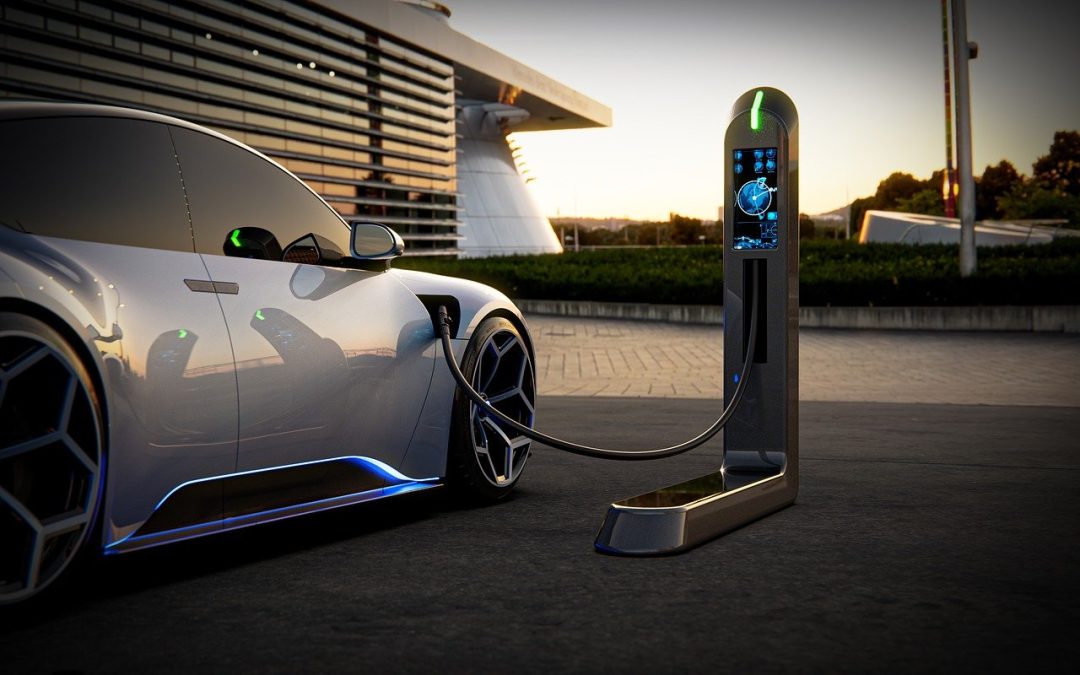At Refuge Island, we’re witnessing a significant shift in the Australian electric vehicle (EV) market. Prices for some EVs have plummeted by as much as $20,000 almost overnight, spurred by increased competition and heightened demand, influenced by government initiatives and climate change concerns.
The surge in popularity of EVs is undeniable. In 2023, sales more than doubled compared to 2022, continuing the trend of doubling year-on-year since 2020. Despite this growing demand, car expert Paul Maric suggests that prices could fall even further.
“I think it could go further,” Maric commented, highlighting the potential for continued price adjustments.
A Competitive Market Driving Price Cuts
Major EV manufacturers have aggressively slashed prices in recent months due to rising competition. As Maric points out, the influx of affordable electric vehicles from Chinese brands has been a key factor. These new entrants are challenging established manufacturers to re-evaluate their pricing strategies.
For example, the price of the Nissan Leaf dropped from $50,990 to $39,990, the Polestar 2 2024 Long Range Single Motor fell from $71,400 to $58,990, and the Tesla Model Y saw a significant reduction from $72,000 to $55,000. Notably, Polestar has been particularly affected, with several models experiencing price reductions between $10,000 and $15,000.
Understanding the Price Dynamics
Maric explains that traditional volume brands are typically reluctant to adjust their pricing once set. However, the current landscape has forced brands like Peugeot to cut prices by up to $20,000 for some models, revealing the considerable profit margins previously factored into their pricing.
Tesla’s dramatic price cuts are especially noteworthy. With a significant influx of unsold Teslas arriving in Australia, the company has had to reduce prices to stimulate sales. Maric noted, “The only way they can get rid of them is by dropping the prices.”
Timing Your EV Purchase
For prospective EV buyers, the ongoing price war presents both opportunities and challenges. While it might be tempting to wait for further price drops, Maric advises that now could be an optimal time to purchase due to the current affordability.
“You want to be comfortable knowing that at the end of your purchase period or lease, you are able to take a hit on the car and not expect to get what you paid for [it],” Maric advises.
The Second-Hand EV Market
The second-hand EV market has seen significant depreciation, with used EVs losing 42.4 per cent of their value within two to four years, compared to 14.1 per cent for traditional vehicles. Maric attributes this to owners looking to sell their vehicles quickly, leading to what he describes as a “firesale” environment.
As the market continues to evolve, both new and second-hand EV buyers will need to navigate these shifts carefully. At Refuge Island, we will continue to monitor these developments and provide insights to help our readers make informed decisions.
Stay updated with the latest in the EV market by visiting Refuge Island regularly.

